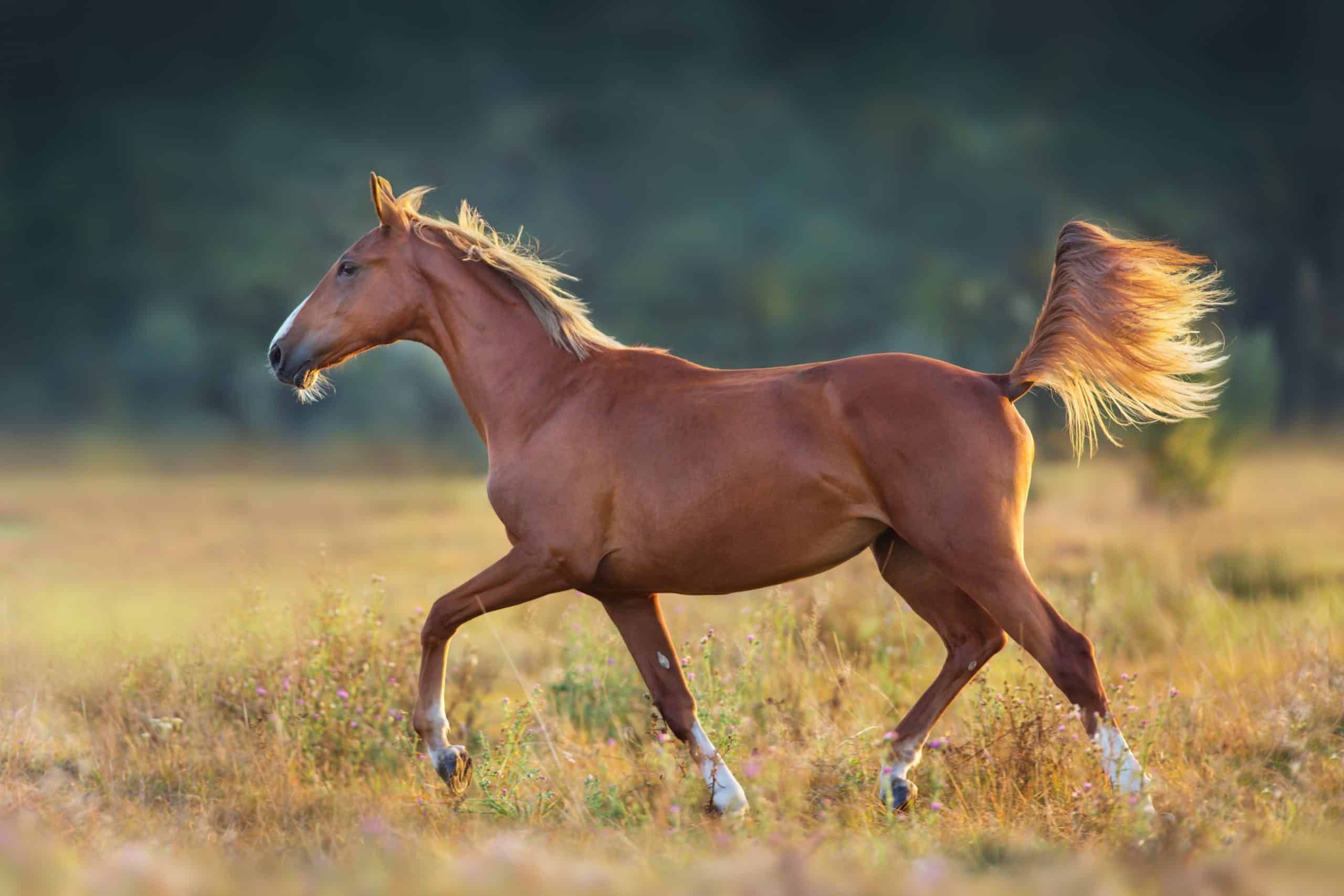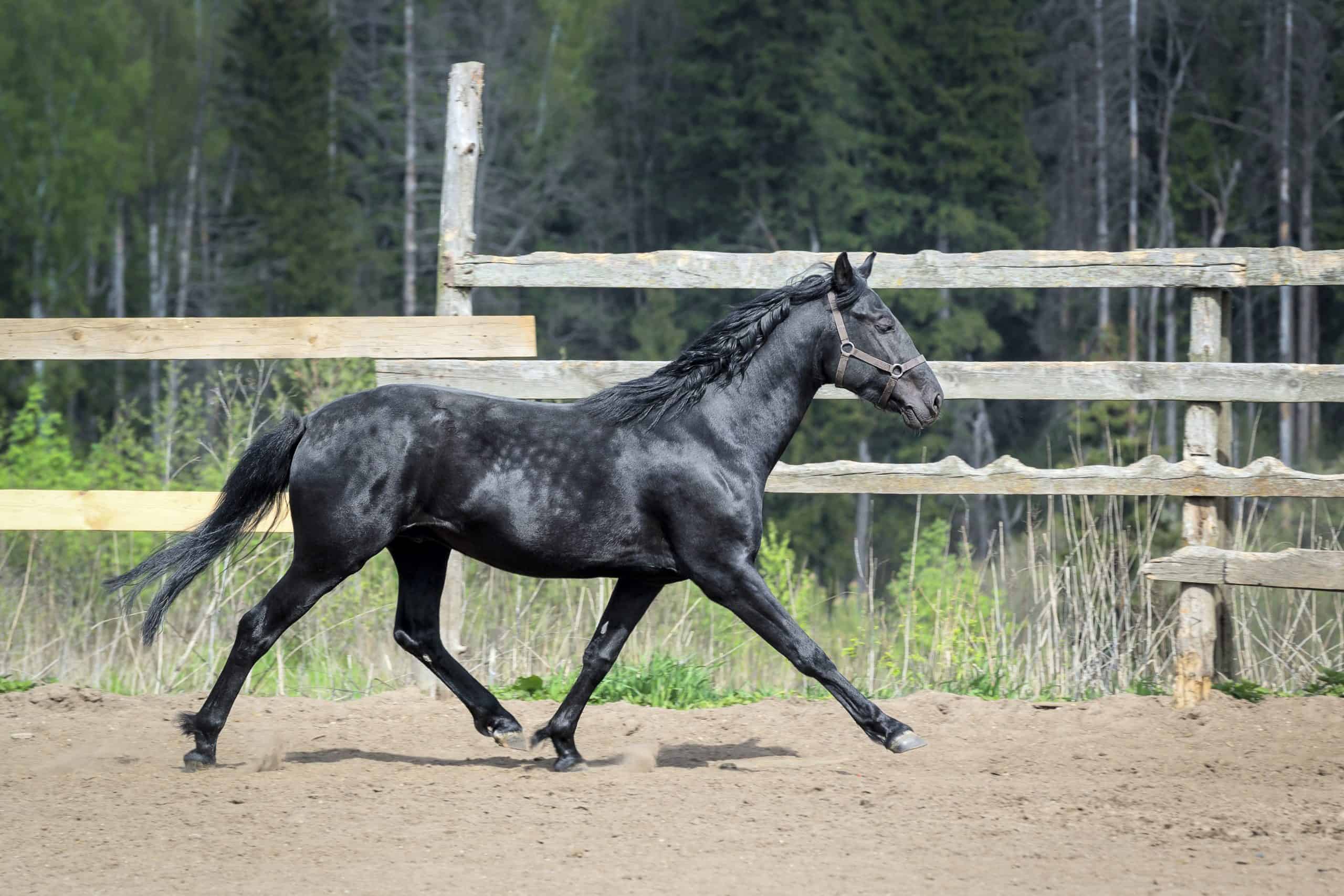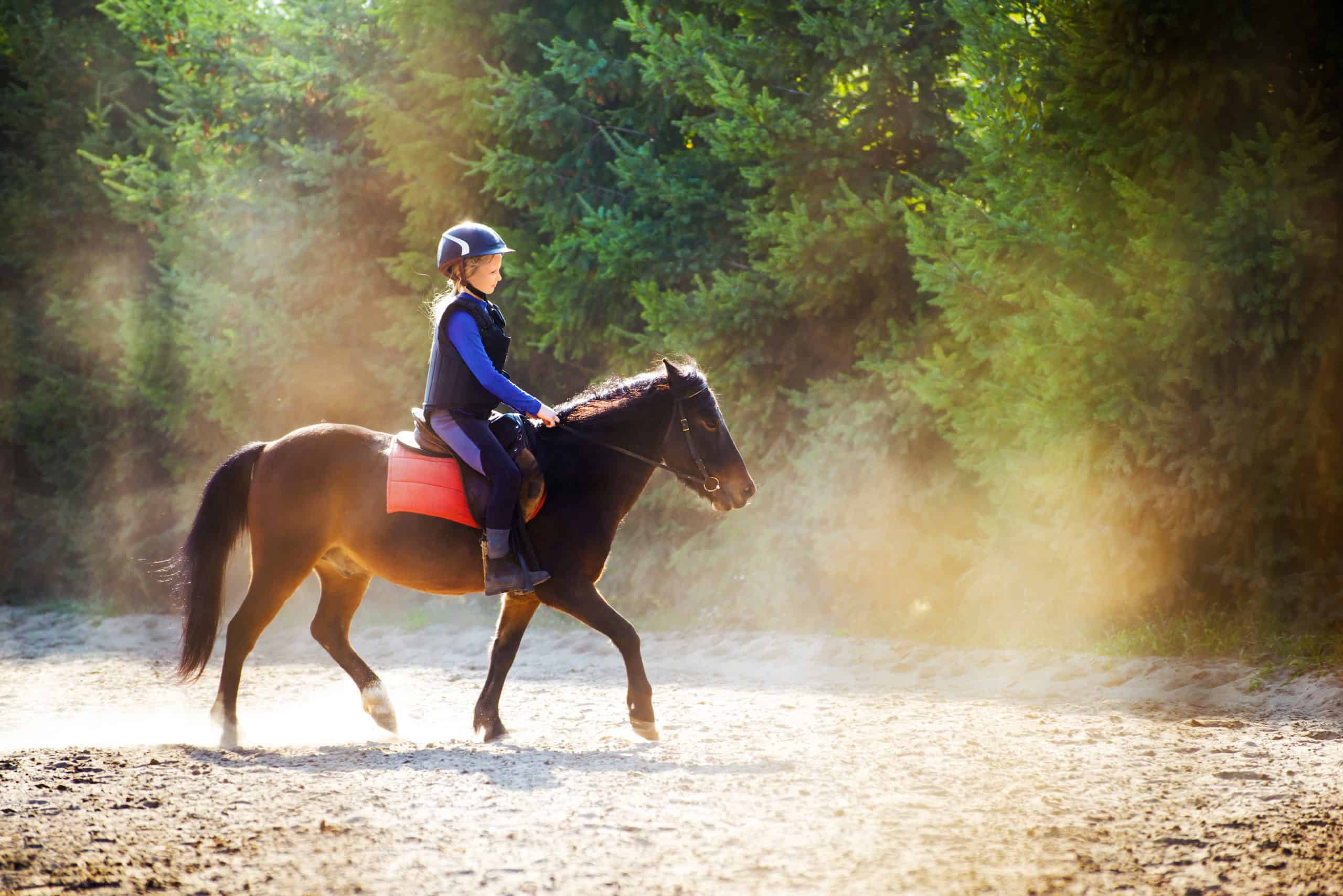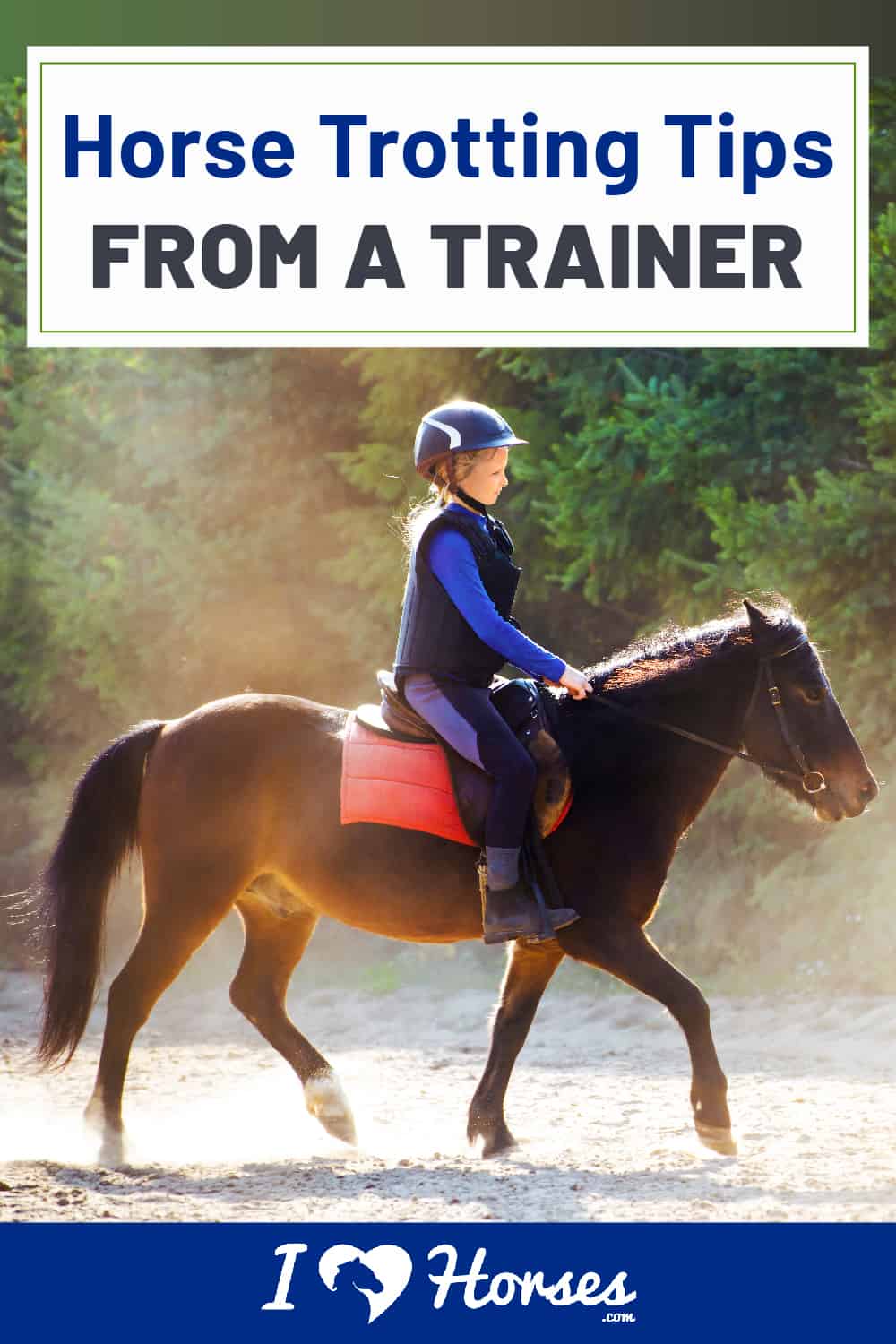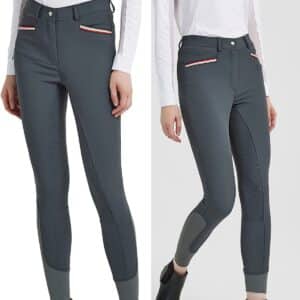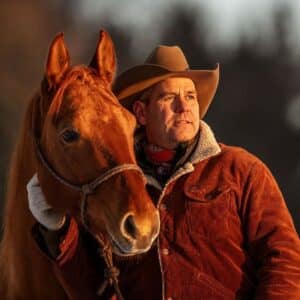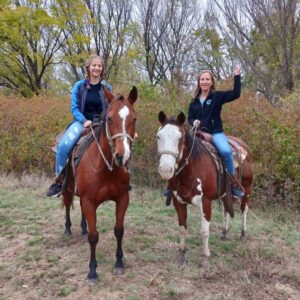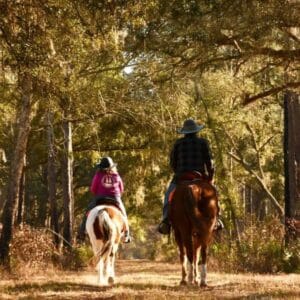Jog trot, posting/rising trot, and extended trot. What do they all mean? Maybe it is a way for the horse to get back at the rider by jarring their teeth out. Either way, all of these terms refer to a horse's two-beat gait, at different speeds and extensions. Yes, it can be a very uncomfortable gait to ride. But, it can also be a smooth, effortless gait. The trick to trotting a horse is to know what to look for in the horse's conformation. Additionally, the best way to ride the trot either sitting or posting. Here are some important tips, as well as useful information, related to horse trotting:
A Horse's Shock Absorbers
A mechanic knows where to look for the shock absorbers in a vehicle. Horses have shock absorbers too. You need to know a little bit about conformation to understand how effective their shock absorbers will be.
Two Types Of Shock Absorbers
The first shock absorber is the pastern. The pastern consists of two bones, the proximal phalanx and the middle phalanx. It is located from the horse's fetlock to the top of the hooves. The pastern flexes downward each time the horses puts weight on it while in motion.
The second shock absorber is the angle of the shoulder. If you prob the shoulder, where the scapula meets the humerus, you can easily find the point of the shoulder. The angle from the point of the shoulder to the middle of the withers is called the angle of the shoulder. Please do not mistake it for the line where the neck meets the body.
Both the pastern and the angle of the shoulder should be at a 45-degree angle. A horse with straight pasterns and an upright shoulder angle will have little if any shock absorption. These horses usually require the rider to post at the trot. If the pastern sloops are more than 45-degrees, it puts more stress on the tendons, and the horse may develop medical issues. Here is a helpful article from Equus Magazine on how to identify pastern problems.
Jog Trot
When a horse trots at any speed, the legs on diagonal corners move forward simultaneously. For example, the right front and left rear move together. At the jog-trot, the pace is slow, and the strides are short. The horse has little movement in the hocks and seems to shuffle along. There is not any upward push on the rider. This speed of trot is the safest if you are trotting the horse while leading them. It is also a trot that is popular at horse shows.
Before you ride the jog trot, watch a horse from the rear as they are trotting away from you. Get a friend to help. The hindquarters will have a rocking motion from side to side. It is similar to a model swinging her hips as she walks down the runway, albeit perhaps not so exaggerated.
Riding the jog trot requires you to relax your legs and not grip the horse's sides with them. You have to feel the side to side rhythm of the horse's motion. Start moving your hips from side to side in time to the rhythm of the horse. You are only shifting at the waist and not pushing your weight from side to side. Think about swinging your bottom like a model. If you trail ride all day, this is a gentle gait to have in your horse's wheelhouse, so to speak.
Posting/Rising Trot
The posting/rising trot is faster than the jog trot with longer strides. The result is an upward push to the rider. To absorb this push, you can post. If you have ever watched a rider go up and down as their horse was trotting, they were posting.
When posting, it can be hard to get the correct rhythm at first. However, once you do get the feel of it, you will wonder why it was so hard. The up and down motion is actually a slightly up and more forward motion. The idea is to let the horse propel you forward. You want more forward and less height. Beginners will often exaggerate the upward movement making it hard to get in rhythm with the horse.
Please remember that a trot is a two-beat gait. The rider goes up and down with the two-beat rhythm.
Start by putting your hands on the pommel or at your sides. You DO NOT want to use the reins and your horse's mouth to pull yourself up. This is a widespread beginner mistake. Let the natural push of the horse push you slightly up and forward. Count the one-two beat your horse is making and rise and fall with this beat. It is often helpful to say "rise-fall-rise-fall" etc.
To assist the horse in turns, we want to "rise and fall with the foot on the wall." This is called posting on the correct diagonal. It aids a horse in keeping their balance during circles and turns. When the horse's inside hind leg is pushing on the ground, it can best support the rider's weight. That is when the rider should be sitting. Rising as the same hind leg is coming off the ground makes it easier for the horse to pick up. The expression "rise and fall with the foot on the wall" is widely used to help riders figure out which diagonal they need to be on.
From a riding position, you need to glance down at the scapula. Just like in cantering, the scapula rotates back as the foot moves forward. When the scapula on the wall or outside of the circle rotates back, the rider should be rising. If the rider wants to change diagonals, they need to sit an extra beat. Rise-fall-fall-rise. Remember what you do on one side needs to be done on the other. If you consistently post on one diagonal, your horse will build up strength unevenly.
Extended Trot
The extended trot is very similar to the posting trot. The only difference is that the horse is taking longer strides when trotting, and the rider needs to adjust to the rhythm's difference. When a horse has full extension, their front foot will point out and reach almost as far forward as his nose. The opposite hind leg will also have the toe pointed and far forward.
Don't be intimidated by the trot. With some conformation knowledge and some practice, you will be able to master this jarring gait.
Horse Courses by Elaine Heney
- Listening to the Horse - The Documentary by Elaine Heney & Grey Pony Films
- Shoulder In & Out Training for better balance, bend & topline development with your horse
- Over 110+ Polework Exercises & Challenges to Download
- Dancing at Liberty & Creating Connection with Your Horse (11 lessons) - Grey Pony Films
About the Author
Wendy Sumner (Researcher/Writer)
Wendy grew up on a quarter horse ranch in Wyoming. She helped raise and train horses to be shown in the American Quarter Horse Association. At college, she received her Equine Science degree and pursued her love of everything equine. She has spent the last 35 years raising and training horses and teaching lessons. We are excited that she has agreed to join our team as a researcher and writer.

